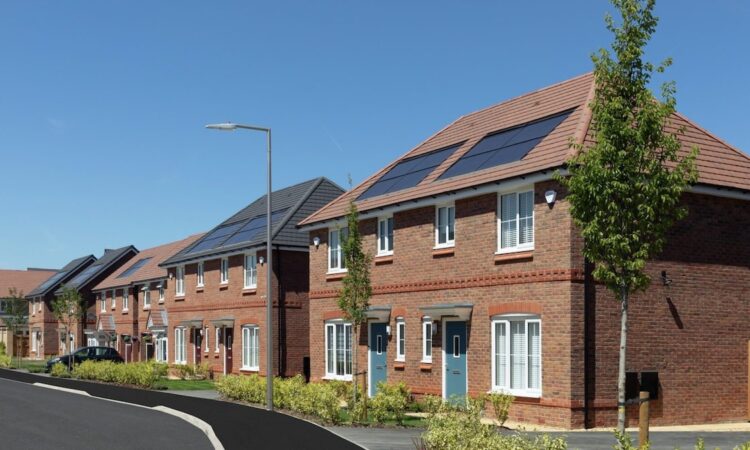


From its latest single-family housing (SFH) report, property consultancy Knight Frank has discovered that delivery of SFH is increasing, but completed stock only accounts for 11% of the overall operational Build to Rent market, which mainly consists of multifamily units.
With current momentum and the weight of capital looking to enter the sector, Knight Frank estimates that both multifamily and SFH will grow substantially over the medium term, but SFH will take an increasing share of total delivery.
Nearly 50% of privately renting households in the UK live in suburban areas, equating to 2.65 million households. Current SFH supply caters for just 0.4% of that number, highlighting the scale of the opportunity. Referencing the delivery pipeline, SFH supply is expected to double within the next two years, the report found.


Longer term, based on current population and tenure distribution figures, and applying Knight Frank’s projection that at full maturity, the Build to Rent sector has the potential to account for between 30% to 35% of all privately renting households. This equates to a potential supply of over 900,000 SFH homes.
As the sector grows, so too will its geographic spread as investors look for scale and tap into the areas where demand is most rife. Current supply of completed SFH stock is heavily weighted towards the Northwest, which accounts for 44% of the market.


Analysis of the future pipeline suggests that 87% of the SFH developments in planning or under construction are located outside of the Northwest.
The biggest pipeline can be found in the East of England, accounting for 15% of the total. This is followed by the West Midlands at 14%, both areas where buyer affordability has become more stretched in recent years, driving demand for rental housing and, as a result, rental growth.


Knight Frank state that the nature of SFH means that it can be built in a wide range of locations across the country, without the same viability challenges that govern urban multifamily schemes.
The average size of SFH schemes are getting larger, from an average of 76 homes for current operational schemes to 94 homes for those under construction and 176 homes for schemes in the planning pipeline.
According to the report, this is partly a reflection of investors’ desire for scale, but also of a greater understanding of the ideal unit mix, scheme density and economies of scale.
The research also which discovered that investment in the SFH market jumped significantly last year, as investors turned their attention in greater numbers to the suburbs. It also highlighted that investment soared, reaching a record £1.9bn in 2023.




